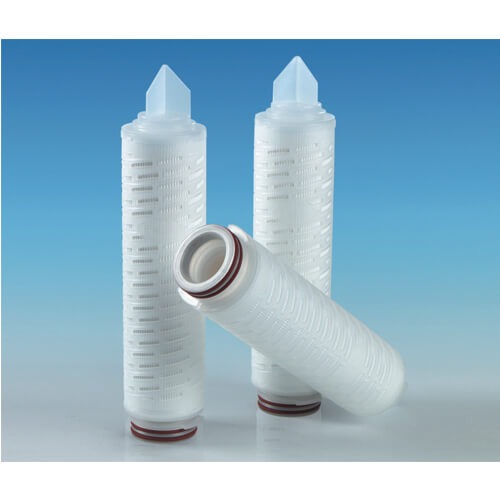ISLAMABAD: A prototype filter invented by a Pakistani scientist will help to control the concentration of carbon dioxide indoors and protect people from its negative impacts, WealthPK reports.
Nearly 90% of people spend most of their time indoors where poor ventilation and other external environmental factors contribute to higher levels of carbon dioxide, causing health impacts including coughing, wheezing, allergies and nausea. The prototype filter, developed by a Pakistani scientist, will control the concentration of carbon dioxide indoors.
Dr Muhammad Fahim Khokhar, the head of a department at the Institute of Environmental Sciences and Engineering (IESE), told WealthPK that it took him years to develop the prototype filter, which included designing, engineering, prototyping, testing, and manufacturing. This innovative concept of a “CO2 Bin” is based on capturing carbon dioxide from indoor air, resulting in improved air quality for better working conditions.
He said that air is an essential part of human life. “The healthier a human breathes, the more healthily he lives. Indoor and outdoor air pollutants may be detrimental to human health depending upon the time and concentration of exposure to them. Air quality, especially indoor air (IAQ), is becoming a significant health issue,” he added.
Dr Fahim said that indoor air quality referred to air quality in the building that influenced human health and comfort. “Carbon dioxide (CO2) at very high levels, i.e. 500 parts per million, can pose severe and lethal health impacts. Typical office activity levels are 700 parts per million; however, the amount of CO2 in a house is 1,000 to 1,200 parts per million. Moreover, CO2, the most potent greenhouse gas, can also contribute to climate change,” he added.
In the coming decades, it will be vital to minmise the emission of CO2 to improve indoor air quality and mitigate the impacts of climate change. Capturing and storing carbon will play an important role in reducing the effects of climate change.
“The function of the prototype filter is to capture CO2 in the indoor environment. It allows us to capture emissions from diffused sources and past concentrations,” said Dr Fahim.
He said that a normal CO2-Bin with a capacity of five littrs of solution would sequester one kilogram of carbon dioxide every four to five hours. A typical tree can absorb around 21 kilograms of carbon dioxide per year. However, this figure is only achieved when the tree is fully grown and has an age of 10 years. Over a lifetime of 100 years, one tree can absorb around a tonne of CO2.
These bins can reduce carbon emissions significantly. In principle, CO2-Bin has a higher potential to sequester carbon dioxide than the tree. It can sequester about six kilograms of carbon dioxide per day and a total of 1,752 kilograms in a year, which is 83 times more than a mature tree. Moreover, it can be efficiently registered in the carbon market.
“The cost of one bin, including all taxes and installation expenses, for a simple unit with a capacity of a five-litre tank, is Rs70,000. In contrast, an advanced unit, operated through AI and data logging, can cost Rs120,000. In the case of upscaling, the costs can be reduced when produced on a larger scale,” Dr Fahim told WealthPK.
It is the need of the hour to promote such technologies and modern gadgets to combat climate change for the better future of coming generations.






